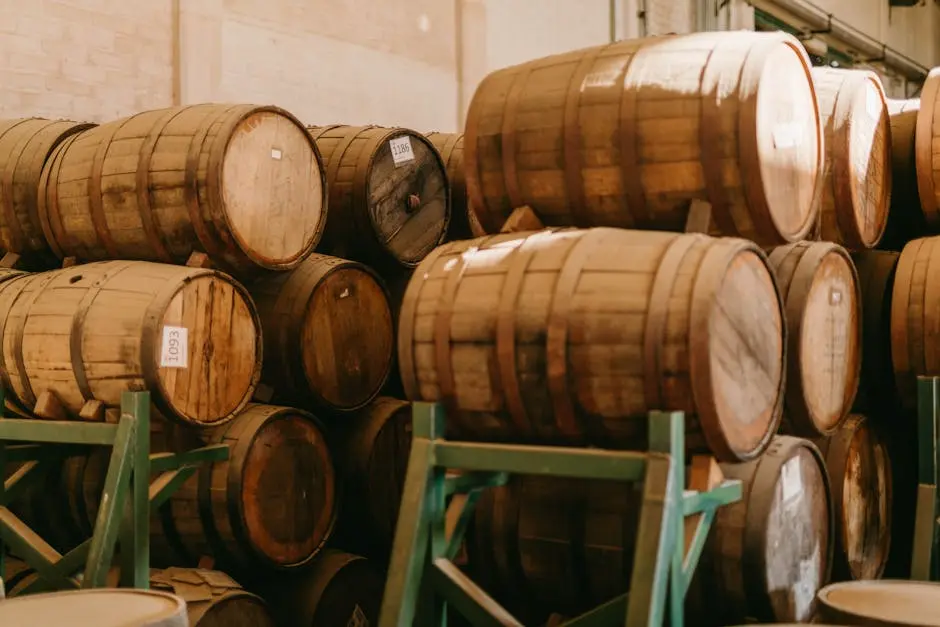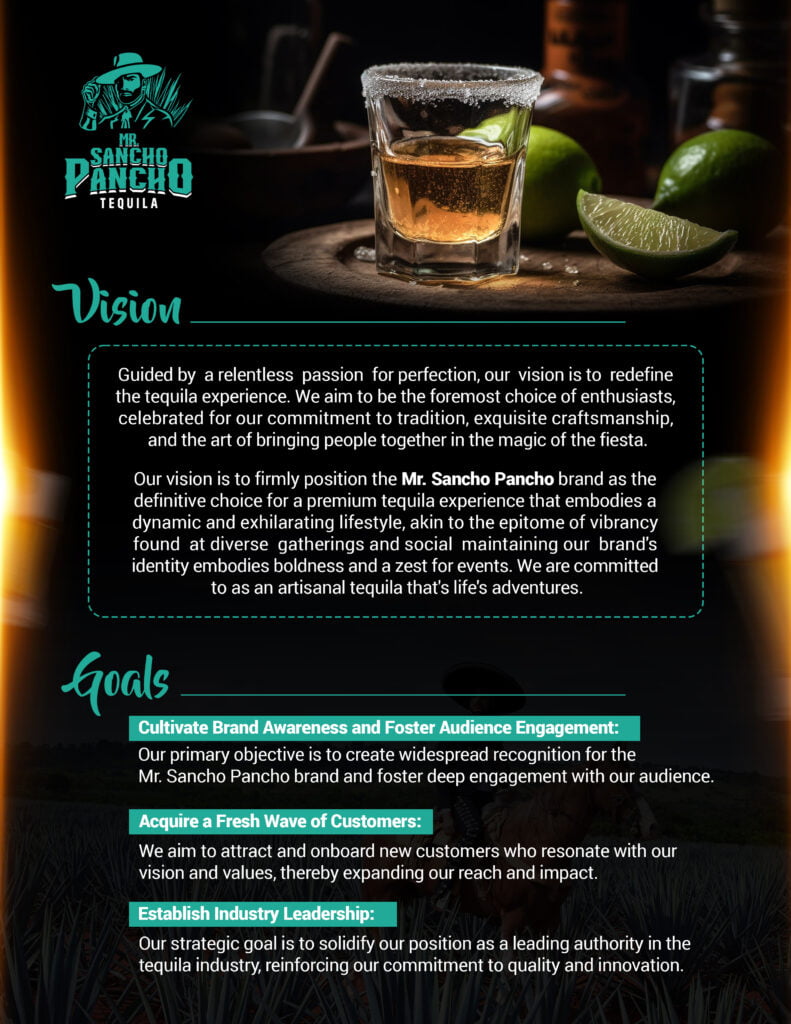Tequila has long been a staple of Mexican culture and traditions, but fine tequila tastings have taken the appreciation of this iconic spirit to new heights. Join us as we explore the rich history, the intricate production process, and the art of savoring tequila like a connoisseur.
The Birthplace: Jalisco, Mexico
Jalisco, a state in Western Mexico, is renowned as the birthplace of tequila. This region’s unique climate and rich volcanic soil create the optimal conditions for growing blue agave, the plant at the heart of tequila production.
The blue agave thrives on the fertile terrain shaped by ancient volcanic activity. The dramatic landscape not only adds to the visual allure of Jalisco but also infuses its soil with the minerals essential for cultivating robust agave plants. Throughout the highlands and valleys of Jalisco, the scenery is dotted with rows of spiky blue agave that have become symbolic of this storied region.
The cultural heartbeat of tequila can be traced to the picturesque town of Tequila, nestled in Jalisco. This town is a quintessential representation of artisanal heritage, where small, family-run distilleries have been perfecting the craft of tequila making for generations. Walking through the cobblestone streets of Tequila, you can almost feel the reverberations of history and tradition intertwined with the modern innovations that sustain this thriving industry.
The Agave Plant: A Sacred Ingredient
Blue agave, or Agave tequilana, is not just any plant; it is the cornerstone of authentic tequila. Learn about the life cycle of this remarkable plant, from its planting to the meticulous harvesting process known as the ‘jima’.
The blue agave plant takes around 7 to 10 years to mature, a testament to the patience and dedication required to produce high-quality tequila. During these years, agave farmers, or jimadores, tend to the fields with enduring care. When the time is right, they skillfully harvest the massive piñas, the heart of the agave, by expertly trimming the spiky leaves with a specialized tool called a coa de jima.
The jima is not merely a labor-intensive task; it is an art form passed down through generations. The expertise of the jimadores ensures that only the best piñas are selected, contributing to the superior flavor of the final product. This dedication to tradition is a critical aspect of the cultural legacy that embodies the spirit of tequila.
Tequila Production: From Piña to Bottle
Discover the step-by-step journey of transforming the agave piñas into the fine tequila that fills our glasses. This includes cooking, fermenting, distilling, and aging processes that impart unique flavors and characteristics.
The transformation begins with cooking the piñas in brick ovens or stainless steel autoclaves. This process converts the complex sugars in the agave into simpler sugars, setting the stage for fermentation. Once cooked, the piñas are shredded and pressed to extract the agave juice, which is then placed in fermentation tanks.
Fermentation is where the magic starts to unfold. Natural or added yeast ferments the agave juice, converting sugars into alcohol. This step is crucial, as it directly influences the flavor profile of the tequila. After several days, the fermented liquid, now called ‘mosto’, is ready for the next phase: distillation.
Distillation separates the alcohol from the fermented liquid in copper or stainless steel pot stills. Most tequilas undergo two distillations to achieve the desired purity and strength. The resulting spirit is then aged in oak barrels, where it develops its character, acquiring subtle hints of vanilla, caramel, and spice from the wood. This aging process can range from a few months to several years, depending on the type of tequila being produced.
Brands like Mr. Sancho Pancho have revolutionized this process, ensuring that their tequila is more than just a drink—it’s a sensory journey. By combining traditional techniques with modern innovations, they offer a tequila experience that brings the authentic beauty of Mexico right to your glass.
Types of Tequila: A Spectrum of Flavors
Tequila is not a one-size-fits-all spirit. Explore the different categories of tequila such as Blanco, Reposado, and Añejo, each offering distinct flavor profiles and tasting experiences.
Blanco, or silver tequila, is the purest form of the spirit, bottled immediately after distillation or aged for less than two months in stainless steel or neutral oak barrels. It retains the true essence of the blue agave, characterized by its bold, fiery flavor with hints of citrus and pepper. This type of tequila is often favored for cocktails like margaritas due to its fresh and vibrant profile.
Reposado tequila, meaning ‘rested’, is aged between two months and one year in oak barrels. This brief maturation period allows the spirit to mellow and adopt a smoother, more rounded taste. The oak imparts gentle notes of vanilla, caramel, and a light spice, making Reposado a versatile choice that can be sipped neat or used in premium mixed drinks.
Añejo, or aged tequila, spends between one and three years in oak barrels, resulting in a rich, complex spirit. The extended aging process allows the tequila to develop deep, layered flavors with pronounced notes of oak, caramel, dark chocolate, and sometimes tobacco. Añejo is typically enjoyed neat or on the rocks, allowing aficionados to savor its intricate characteristics.
Mastering the Art of Tequila Tastings
Fine tequila tastings are an art form, akin to wine or whiskey tastings. Learn the proper techniques for smelling, sipping, and appreciating the complex flavors and aromas of high-quality tequilas.
To start a tequila tasting, prepare your senses. Begin by selecting a proper glass, such as a tequila tasting glass or a small, tulip-shaped glass designed to concentrate the aromas. Pour a small amount of tequila and hold it up to the light to observe its color and clarity. Swirl the glass gently to release the aromas and inhale deeply. Fine tequilas can present a bouquet of scents, ranging from floral and fruity to earthy and spicy, offering an immediate introduction to the complex experience ahead.
When tasting, take a small sip and let it coat your palate. Notice the initial flavor and how it transitions as the tequila moves across your tongue. Pay attention to its texture, the balance of sweetness and bitterness, and any nuanced notes that emerge. After swallowing, savor the aftertaste or ‘finish’, which can linger and evolve, showcasing the skill and artistry involved in crafting the tequila.
Experiment with different tequilas and compare their profiles. Experience how a Blanco’s brightness contrasts with a Reposado’s smoothness or an Añejo’s complexity. Each type of tequila offers a unique journey of flavors and aromas, making tastings not just an enjoyable activity but a deeper dive into the rich world of tequila.
Cultural Significance: Celebrations and Traditions
Tequila is more than just a drink; it is woven into the social and cultural fabric of Mexico. Discover the customs, festivals, and traditions that celebrate tequila in its homeland.
In Mexico, tequila is deeply ingrained in social rituals and celebrations. From intimate family gatherings to grand festivals, tequila plays a central role in bringing people together. The spirit is often featured prominently during events such as weddings, birthdays, and national holidays like Mexican Independence Day, where it is enjoyed in festive toasts and heartfelt exchanges.
One of the most significant celebrations is the Tequila Festival held annually in the town of Tequila, Jalisco. This event is a vibrant showcase of the region’s rich heritage, featuring parades, concerts, and tastings from various distilleries. It is an immersive experience that allows locals and visitors alike to appreciate the cultural significance and craftsmanship of tequila, all while enjoying the lively atmosphere filled with music, dance, and camaraderie.
The cultural importance of tequila extends beyond festivals and into everyday life. In rural Mexico, the spirit is often used as a gesture of hospitality and respect. Offering a guest a glass of tequila is considered a sign of welcome and goodwill, reflecting the warmth and generosity of Mexican culture. This enduring tradition has helped tequila transcend its role as a mere beverage to become a symbol of social bonds and shared experiences.
Toasting to a Rich Legacy
From the fields of Jalisco to elegant tasting glasses worldwide, tequila has captured the hearts and palates of many. With a deep understanding of its origins, production, and flavor profiles, each tasting becomes an immersive and delightful experience. So the next time you sip on this exquisite spirit, remember the journey it took to reach your glass and the vibrant culture it represents.















